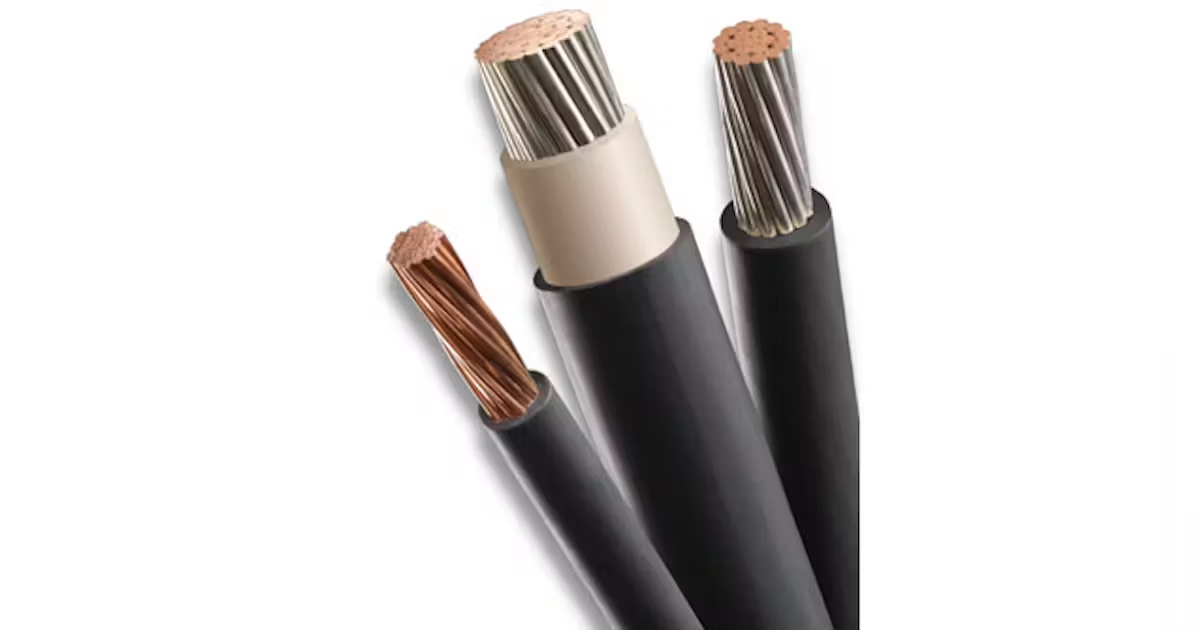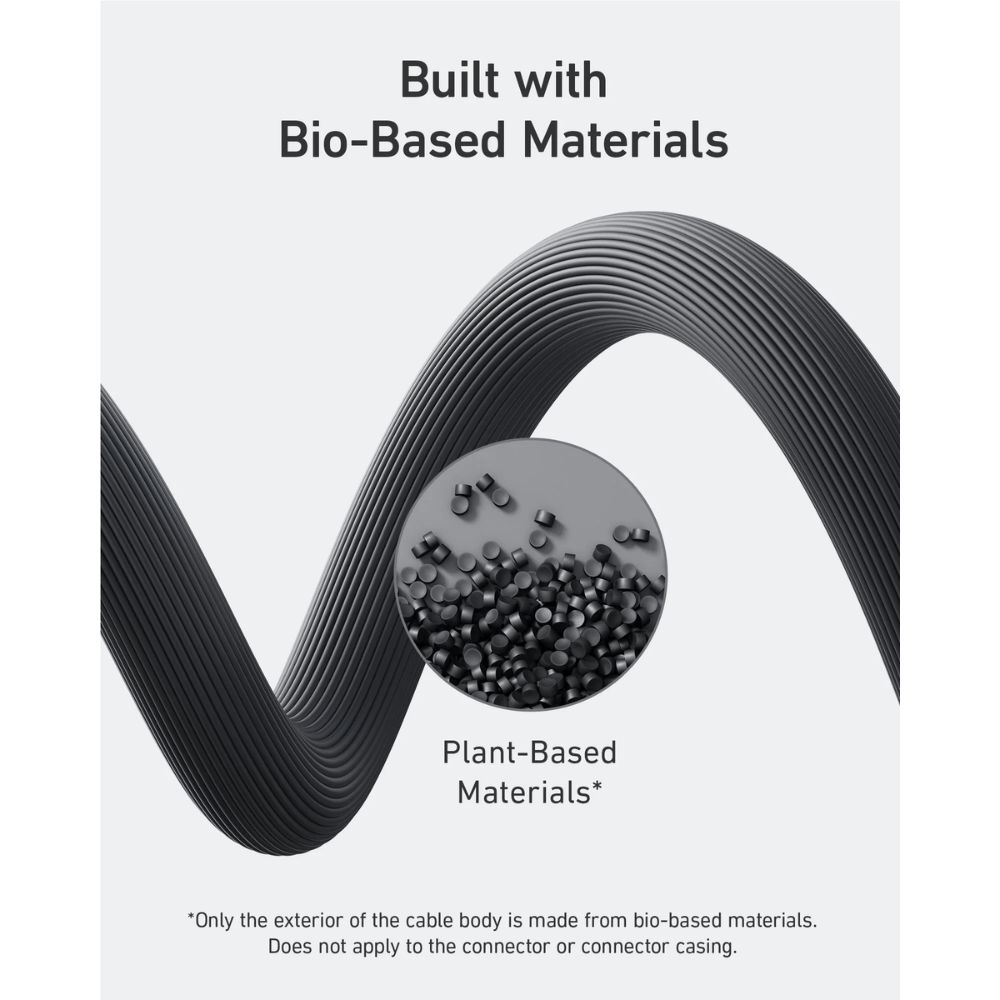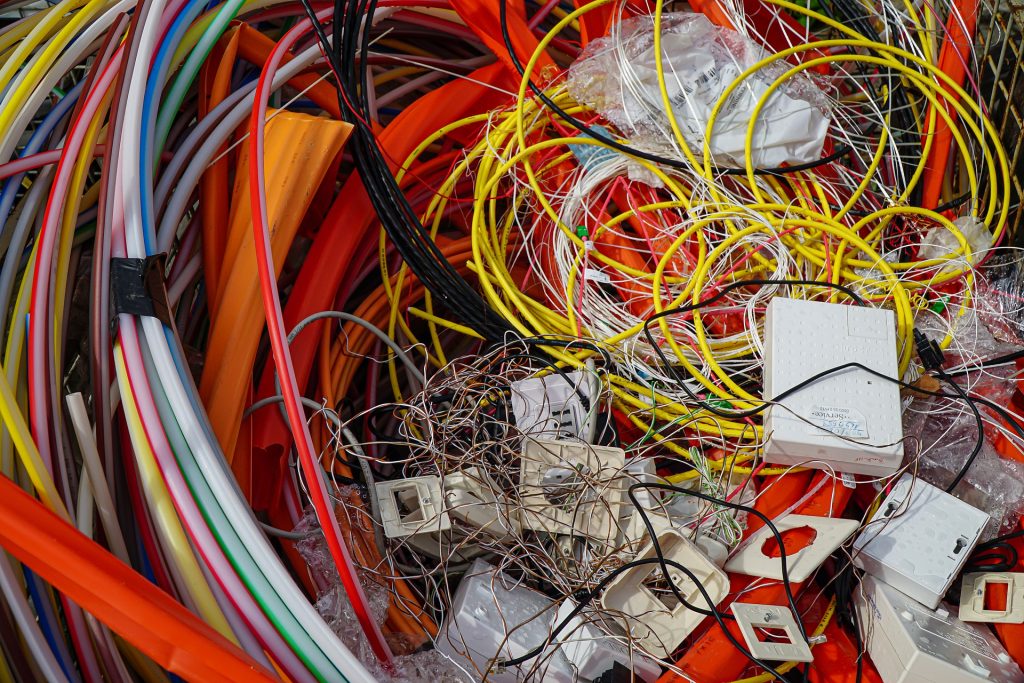In recent years, the demand for environmentally friendly cables has surged, driven by growing concerns about sustainability and the impact of industrial waste on the environment. Industries across the globe are focusing on developing cables that reduce environmental harm, conserve resources, and contribute to a greener, more sustainable future. In this article, ZMS Cable will explore some of the key types of environmentally friendly cables currently being developed and their benefits.
Why Environmentally Friendly Cables Are Important
Cables are essential for a wide range of industries, from telecommunications and construction to power distribution and transportation. However, traditional cables often contain materials that can be harmful to the environment, such as plastic-based insulation and heavy metals used in shielding. When improperly disposed of, these cables contribute to waste and pollution, releasing toxins into the soil and water.

The move toward environmentally friendly cables is part of a broader effort to reduce carbon footprints, eliminate hazardous substances, and promote the use of recyclable and biodegradable materials. Green cables not only benefit the environment but also enhance the overall efficiency and safety of infrastructure projects by using modern, sustainable technologies.
Key Features of Environmentally Friendly Cables
Before diving into specific types of green cables, it’s important to identify the key features that make these cables environmentally friendly. These features are essential in determining the sustainability of cable products:
- Recyclable materials: Cables made from materials that can be easily recycled at the end of their life cycle reduce the demand for raw materials and minimize landfill waste.
- Halogen-free components: Traditional cables often contain halogens, such as chlorine or fluorine, which release toxic gases when burned. Halogen-free cables are safer and reduce the release of harmful emissions.
- Low smoke and zero halogen (LSZH): LSZH cables are designed to emit minimal smoke and toxic fumes in the event of a fire, making them safer for both people and the environment.
- Bio-based materials: Some cables now use insulation and sheathing materials derived from renewable, bio-based sources, which are more sustainable than fossil fuel-based alternatives.
- Energy efficiency: Environmentally friendly cables are designed to reduce energy losses during transmission, improving overall efficiency and lowering energy consumption.
- Durability and longevity: Sustainable cables often have longer life spans, reducing the need for frequent replacements and minimizing waste.
Now that we’ve outlined the essential characteristics of environmentally friendly cables, let’s explore some of the specific types currently being developed.
1. Halogen-Free Cables
One of the most important advancements in sustainable cable technology is the development of halogen-free cables. These cables do not contain harmful halogens like chlorine, bromine, or fluorine, which are commonly found in the insulation and sheathing of traditional cables. When cables containing halogens are exposed to high heat or fire, they can release toxic and corrosive gases, which pose significant risks to both human health and the environment.

Benefits of Halogen-Free Cables:
- Reduced Toxicity: In the event of a fire, halogen-free cables emit fewer toxic fumes, protecting human life and the environment.
- Lower Environmental Impact: Halogen-free materials are less harmful to the environment when disposed of, as they do not release hazardous chemicals into the soil and water.
- Improved Fire Safety: These cables are often paired with LSZH technology, which minimizes smoke generation during a fire, making them safer for use in public buildings, transportation systems, and industrial facilities.
Halogen-free cables are increasingly used in various sectors, including construction, transportation, and telecommunications, due to their superior safety features and lower environmental impact.
2. Low Smoke Zero Halogen (LSZH) Cables
Another critical development in the production of environmentally friendly cables is the creation of low smoke zero halogen (LSZH) cables. As their name suggests, LSZH cables are designed to minimize the emission of smoke and toxic fumes when exposed to fire or high temperatures. Unlike conventional cables, which can release hazardous halogens during combustion, LSZH cables use non-halogenated materials that prevent the formation of toxic gases.
Key Features of LSZH Cables:
- Minimal Smoke Production: LSZH cables release very little smoke when burned, which is critical in fire-prone areas or enclosed spaces such as tunnels, buildings, and trains.
- No Halogen Emissions: These cables do not emit halogen gases, making them safer for both the environment and human health.
- Compliance with Safety Standards: LSZH cables meet stringent fire safety regulations, making them ideal for use in public buildings, schools, hospitals, and other sensitive areas.
LSZH cables are now widely adopted in industries like telecommunications, data centers, and public transportation systems due to their enhanced safety and lower environmental impact.
3. Bio-Based Cables
One of the most exciting trends in the cable industry is the development of bio-based cables. These cables are manufactured using materials derived from renewable resources, such as plant-based polymers and bioplastics. The goal is to reduce reliance on fossil fuels and other non-renewable resources traditionally used in cable manufacturing.

Examples of Bio-Based Materials Used in Cables:
- Polylactic acid (PLA): A biopolymer derived from cornstarch or sugarcane, PLA is biodegradable and used as an alternative to conventional plastic in cable insulation and sheathing.
- Castor oil-based polyamide: Castor oil, a renewable resource, is used to create polyamide materials that can replace petroleum-based plastics in cable production.
- Soy-based polyurethane: Soy oil can be used to create a sustainable alternative to petroleum-based polyurethane for cable insulation and jackets.
Advantages of Bio-Based Cables:
- Renewable Resource Utilization: Bio-based cables reduce dependence on finite resources like petroleum, promoting a more sustainable production cycle.
- Biodegradability: Many bio-based materials are biodegradable, meaning they break down naturally in the environment, reducing waste and pollution.
- Lower Carbon Footprint: Bio-based materials typically have a smaller carbon footprint compared to traditional plastics, contributing to overall emissions reductions.
As bio-based technologies continue to advance, these cables are expected to play a crucial role in reducing the environmental impact of industrial and commercial projects.
4. Recyclable Cables
Another major area of development for environmentally friendly cables is recyclability. Traditional cables often end up in landfills after their useful life has ended, where they contribute to e-waste and environmental contamination. New developments in cable recycling are helping to minimize this waste by designing cables that can be easily dismantled and reused.

Examples of Recyclable Cable Technologies:
- Polyethylene (PE) Recycling: Polyethylene, commonly used in cable insulation, can be recycled into new insulation or other plastic products. Advanced techniques allow for the separation and recycling of PE from used cables.
- Metal Recovery: Copper and aluminum, frequently used as conductors in cables, are highly recyclable. Innovative recycling processes now make it easier to recover and reuse these valuable metals without significant loss in quality.
- Thermoplastic Elastomers (TPE): TPE is a type of material that can be recycled repeatedly without losing its flexibility or durability, making it ideal for use in recyclable cable designs.
Benefits of Recyclable Cables:
- Waste Reduction: Recycling old cables reduces the amount of waste sent to landfills and minimizes the need for new raw materials.
- Resource Conservation: The reuse of metals like copper and aluminum reduces the demand for mining, which has significant environmental impacts.
- Cost Savings: Recycling materials is often more cost-effective than producing new ones, making recyclable cables an economically viable solution.
The shift toward recyclable cables aligns with global efforts to promote circular economies, where materials are continually reused and repurposed to minimize waste.
5. Cables with Reduced Energy Loss
While many environmentally friendly cable innovations focus on the materials used, another critical area of development is the reduction of energy losses during transmission. Energy-efficient cables are designed to minimize the amount of electricity lost as heat during transmission, improving overall system efficiency.
Types of Energy-Efficient Cables:
- High-Conductivity Copper Cables: Copper is one of the most conductive materials available, and advancements in refining processes have produced high-conductivity copper cables that reduce energy loss in power transmission.
- Superconducting Cables: Superconductors are materials that can conduct electricity with zero resistance when cooled to very low temperatures. Though still in the experimental stage, superconducting cables have the potential to revolutionize energy transmission by eliminating energy losses.
- Low-Resistance Aluminum Cables: Aluminum is a lighter and more abundant alternative to copper, and new low-resistance alloys are being developed to improve its conductivity and reduce energy losses in transmission lines.
Advantages of Energy-Efficient Cables:
- Reduced Energy Consumption: By minimizing energy losses during transmission, these cables contribute to overall energy savings.
- Lower Carbon Emissions: Improved efficiency in power transmission reduces the amount of energy needed, which in turn lowers carbon emissions from power generation.
- Enhanced Performance: Energy-efficient cables are also more reliable and durable, leading to fewer failures and reduced maintenance needs.
These cables are especially important for renewable energy projects like wind and solar farms, where efficient power transmission is critical to maximizing the benefits of clean energy.
The development of environmentally friendly cables is a critical step toward creating a more sustainable future. By reducing the use of harmful materials, promoting recyclability, and improving energy efficiency, these cables are helping to minimize the environmental impact of industries that rely on extensive cabling infrastructure. From halogen-free and LSZH cables to bio-based and recyclable options, green cables offer a range of benefits that make.